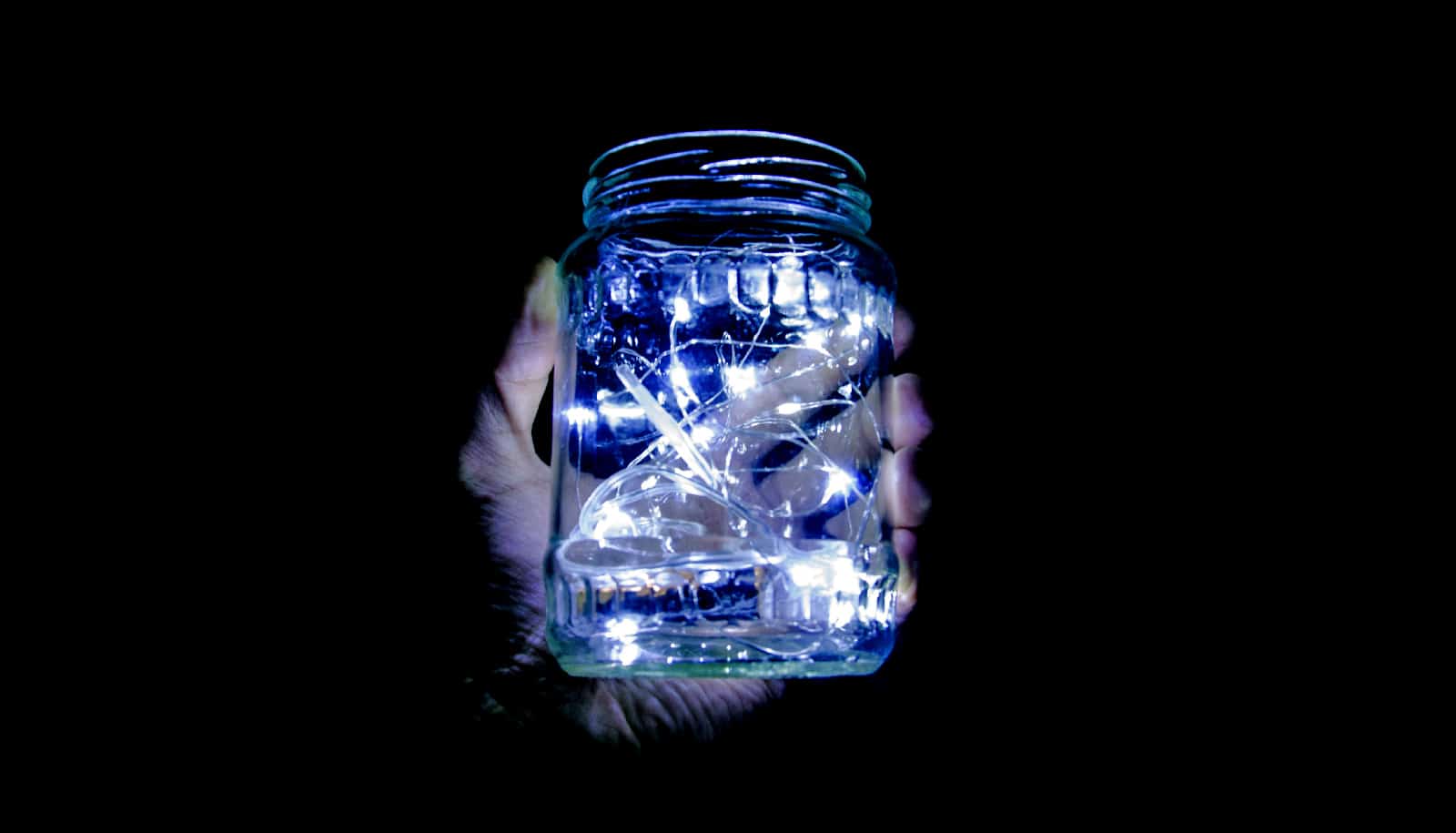New research could provide insight into the composition of the universe immediately after the Big Bang—as well as improve calculations used to predict the life span of stars and describe the rules that govern the subatomic world.
The study, which appears in the journal Science, reports a highly accurate way to measure the decay rate of neutrons.
“This is a significant improvement compared to previous experiments,” says study author Chen-Yu Liu, a professor in the Indiana University Bloomington physics department. “The data is far more accurate than what we’ve had before.”
Liu is a leader of the UNCtau experiment, which uses neutrons from the Los Alamos Neutron Science Center Ultracold Neutron source at Los Alamos National Laboratory in New Mexico.
The rate of the decay of neutrons—subatomic particles with no charge—is significant because researchers use it to predict the proportion of hydrogen and helium in the universe a few minutes after the Big Bang. The number also affects calculations used to determine how quickly hydrogen atoms burn up inside stars and the rules that control the elementary particles like quarks and gluons. This is related to the fact that neutron decay involves the transformation of one “up” quark into a “down” quark, a process that physicists don’t yet fully understand.
Scientists currently use two methods to isolate neutrons and calculate their decay rates:
- The “bottle” method: Counting the number of neutrons that remain over time after being trapped inside a container.
- The “beam” method: Measuring the rate of protons that emerge from a neutron beam a nuclear reactor generates.
Some physicists regard the beam method as more accurate because the bottle method risks miscounting neutrons absorbed into the container as disappearing from decay. But the study from Liu and colleagues uses an invisible container made from magnetic fields and gravity to eliminate the risk of interference from physical material. As a result, the experiment can measure a neutron’s lifetime with a high level of precision.
“A neutron could technically live inside our trap for three weeks, which is much longer than any other previously constructed ‘bottle’ traps,” Liu says. “This long trap lifetime is what makes it possible to achieve a highly accurate measurement.”
The use of a “magneto-gravitational trap,” in which the neutrons’ magnetic charge and mass prevent them from escaping their container, also makes it easier to measure the neutrons because the bottle is “lidless,” Liu says.
Measuring growth of the universe reveals a mystery
The work required five years to design, fabricate, test, and install their equipment at the neutron source in Los Alamos, after which the team began to run experiments and collect data. “Five years to get an experiment running and producing data is very fast in our field,” Liu says.
Additional authors of the study are from Indiana University, Los Alamos National Laboratory, North Carolina State University, Oak Ridge National Laboratory, Virginia Polytechnic Institute, West Point Military Academy, the California Institute of Technology, Tennessee Technical University, DePauw University, the University of Washington, the Institut Laue-Langevin in France, and the Joint Institute for Nuclear Research in Russia.
The National Science Foundation, the Department of Energy, and the Indiana University Center for Spacetime Symmetries supported the research.
Source: Indiana University Bloomington



